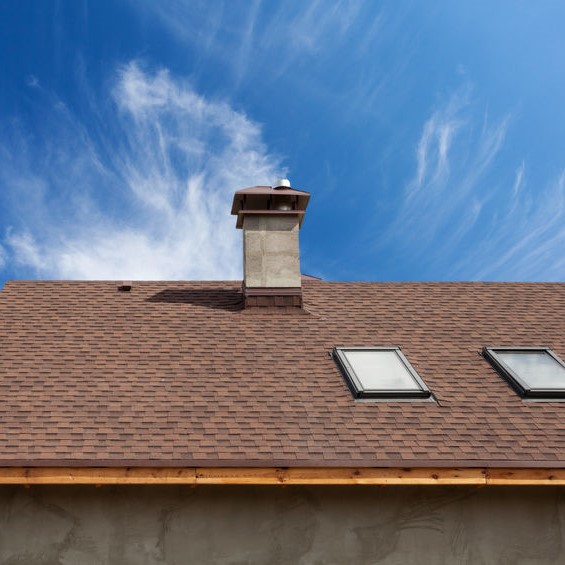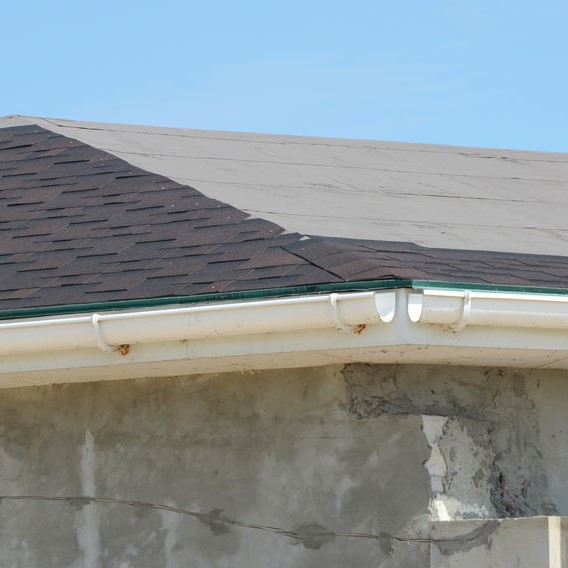
Is roof flashing necessary?
To understand the purpose of roof flashing, you need to know what is roof flashing and why do you need roof flashing at all. Roof flashing is the unsung hero of roofing. This thin metal material, usually galvanized steel, is installed by professional roofers to direct water away from crucial areas of a roof.
For example where the roof plane and a vertical surface meet, like a dormer or wall. Roof flashing is also found installed around roof features, such as chimneys, skylights, and vents. These are areas that are critical to prevent water from seeping in around them intrusions.
Installing a new roof is a foremost and important investment financially. So, when you do this, you should want the roofing contractor to give you the best job possible that will protect your home and the roof’s integrity. This is what roof flashing does by preventing water from penetrating past the roofing material to the decking and on into the attic.
In comparison of a new roof, roof flashing is comparatively the inexpensive part of this project and will have the largest ROI when it comes to the roof’s integrity. If your current roof is missing any flashing, or the roof flashing is bent or loose, it is worth the minimal expense of having a professional contractor repair or replace it as soon as possible. Yes – roof flashing is that important and necessary.
What does roof flashing look like?
For all the protection that roof flashing provides your roof, it is the simplest material: A thin metal strip that comes on a roll. It is moisture resistant, mold resistant, and can be made from any type of metal so that it blends with any type of roofing material like aluminum, copper, galvanized steel, or lead.
What are the different types of roof flashing?
Water is the biggest enemy of roofs and roof flashing is the defender. It works with the shingles in preventing roof leaks. However, not all roof flashing is the same, but each one has a critical role in preventing water penetration. The four most common roof flashing types are:
- The Drip Edge Roof Flashing – this is installed along the roof’s edge to keep the water from overfilling the gutter system and pushing up under the shingles. Without this roof flashing, your fascia board will mold and rot, then the roof decking will be next.
- The Valley Roof Flashing – the roof decking then the underlayment are installed, this roof flashing is next and then the asphalt shingles. Valleys are where two sections of different angle roofing meets. Without this roof flashing, the shingle will rot quickly in the valleys and if not installed correctly, nailed along the edges followed by roof cement, then it won’t do the job it is meant to do.
- Vent Pipe Roof Flashing – this is special roof flashing that fits over pipes and vents that protrude the roof. It has a flange on the bottom, allowing the cylindrical shape to fit flat with the roof. Pipes and vents that protrude the roof surface are a critical weak point and when left unprotected, you can expect leaks around these areas.
- Step Roof Flashing – a chimney and skylights need this roof flashing around the base of it to keep water flowing past.
Depending on a house shape and features, all of these roof flashing types may be needed.
Does flashing go over or under shingles?
Knowing how to install roof flashing is critical in it performing as needed to protect the roof. It is a uncomplicated process to install on roof edges, however, the counter flashing or step-type roof flashing have different techniques.
Step roof flashing is layered with the shingles, allowing the water to pour down each step as it goes down the roof. Counter-flashing involves two pieces of roof flashing with one being the base piece around the base of the chimney. Then the second piece is embedded into the chimney’s masonry.

What is the best roof flashing material?
Aluminum – an inexpensive roof flashing material that is durable and versatile, suitable for various locations where flashing is necessary, including the chimney base, the valleys, and at the walls or step-up areas.
You should always have an experienced roofing contractor install, repair, or replace your roof flashing. An experienced contractor that provides roof flashing installation and repair may take short cuts that can end up costing you more money in the long run, especially if it forfeits your roofing material warranty.
Your home is a major investment for you and the roof is a part of that investment. If the roofing and flashing seem expensive, imagine the cost of having mold remediation performed. From loose or missing flashing, mildew, mold, and rot aren’t going to be far behind. For all of your roof flashing needs in Philadelphia, PA, call 267-622-7158.
